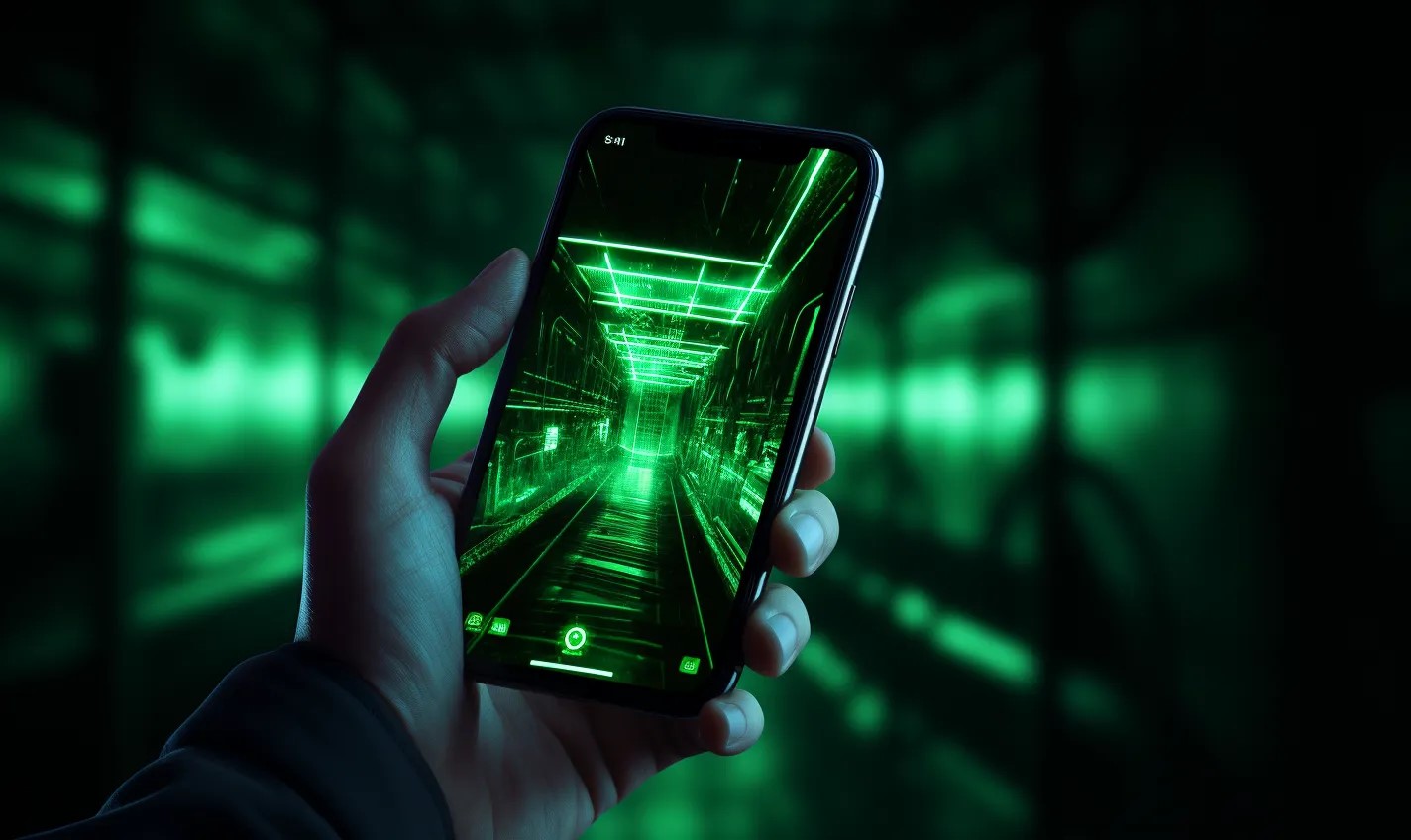The educational sector has made huge leaps from its single-building classrooms and pencil-and-paper lessons. Schools have become labyrinths of hallways, gyms and lunchrooms, while lectures are increasingly digitized. Integrating technology has changed the learning experience in countless ways.
Some methods were beneficial, while others — not so much. Many parents are less-than-enthusiastic about sending their kids to school to stare at tablets. Others don’t mind how the lessons come as long as they’re fun and accurate.
The growing presence of devices, apps, and software leads many people to wonder about the negative effects of technology in education. Modern advancements have had an undeniable impact on our quality of life, but not all of these are good.
Does the educational system suffer similar consequences, and should this affect whether educators use tech?
What Is Educational Tech?
Educational technology merges traditional learning methods with the shiny, high-speed landscape of today’s electronics. It can range from smartboards to VR headsets to digital note-taking apps.
Though educational tech manifests in wildly varying ways, each device exists for making learning accessible and flexible. Students can open their minds to new possibilities and reduce stress and anxiety from feeling boxed in by conventional methods.
Many teachers, however, prefer to get the full scoop on this new movement before bringing it to their classrooms.
Negatives and Positives of Educational Tech
The internet’s vastness is a double-edged sword. Students have many more resources than their parents did in decades past — there’s less need for library trips and thick encyclopedias. However, this expansive landscape also offers a world of misinformation, and students lacking in media literacy will struggle to identify inaccurate data.
Educators and teachers worry about the trend of instant gratification, and though streamlining research is convenient, it brings a host of credibility issues.
Online courses enable students to log on and complete assignments at their convenience. These environments provide more dynamic learning strategies than you’d typically find in a face-to-face classroom.
Students post in discussion boards, share videos and provide links and pictures to supplement conversations. Robin Nathan, an enrollment advisor at Case West University, notes that professors and learners build better relationships because of frequent communication.
Every student doesn’t have internet access at home, however, which can make digital homework challenging to complete. And open channels between professors and students can blur the lines of personal relationships, causing parents to be wary of jumping on the technological trend.
Wendy Zamora, editor-in-chief of Malwarebytes Labs, acknowledges the analytic and security advantages of AI but doesn’t forget to mention its downsides. It’s yet to reach the level of creativity humans possess, and there remains ample opportunity for hackers to abuse it for identity theft.
Taylor Bragg from Paratus People touches on the gender and racial biases some AI devices have shown with specific algorithms. Hand dryers that don’t recognize darker skin tones are a standard example, but biased algorithms can present far more sinister risks.
What Can Upcoming Classrooms Expect?
The negative effects mentioned here are significant, but developers are always finding ways to fix bugs and tighten up programs. Many educators have put their trust in the efficiency of educational tech and continue using it for lectures and lessons.
The choice ultimately lies with the teacher and the school as a whole. Is the subject you teach translatable to various digitized platforms? Does the school have enough funding to buy electronic devices?
Districts that do implement school-wide tech may accomplish this through VR, advanced laptops and social media. Students can take field trips via VR headsets. Teachers give visual learners an extra boost by letting them explore chapters through interactive scenes. This technology turns long, text-heavy pages into engaging adventures.
Some schools allow learners without at-home internet access to take laptops home, enabling them to participate with their peers. Topeka Public Schools in Kansas has implemented this policy by letting eligible students have Chromebooks over the summer. The overarching pros and cons of rentable laptops are significant, but it ultimately gives disadvantaged students a chance to catch up with peers.
Educational Tech Is Here to Stay
Educational tech has its downsides and upsides, as with any modern application. It’s relatively safe to say that schools will continue adopting it as long as it’s useful. Everyone’s shared goal is to provide learners with equal education and rigorous academics. If iPads and AI can do that, it’s worth a try.
Recent Stories
Follow Us On
Get the latest tech stories and news in seconds!
Sign up for our newsletter below to receive updates about technology trends




